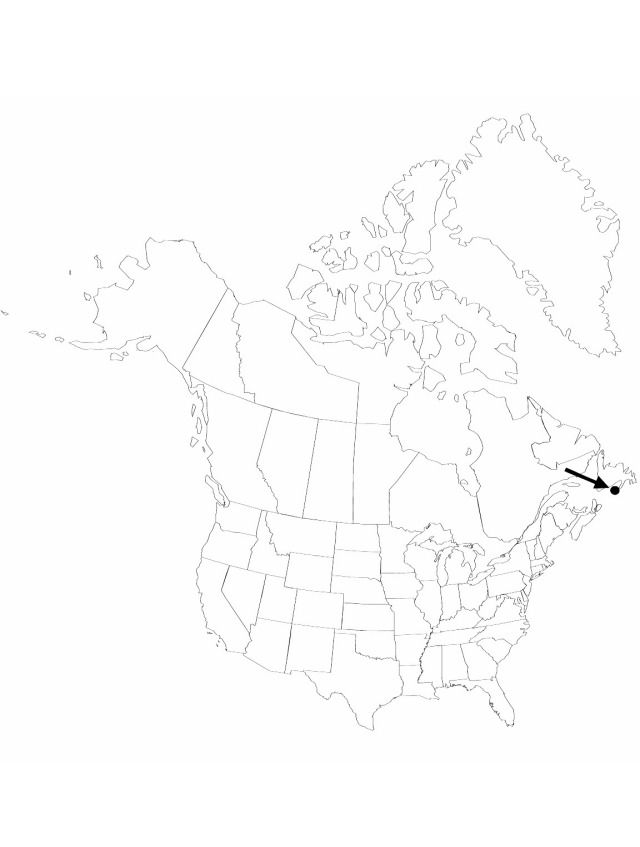Juncus acutiflorus
in G. F. Hoffmann,Deutschl. Fl. 1: 125. 1791.
Herbs, perennial, rhizomatous, to 8 dm. Rhizomes 5–6 mm diam., nodes not swollen. Culms erect, terete, 3 mm diam., smooth. Cataphylls 1, straw-colored, apex acute. Leaves: basal 1, cauline 2; auricles 0.5 mm, apex rounded, cartilaginous; blade 7–45 cm x 1–2 mm, terete, not scabrous. Inflorescences terminal panicles of 70–120 heads, 6–10 cm, branches ascending; primary bract erect; heads 3–5(–8)-flowered, obconic, 2–4 mm diam. Flowers: tepals dark reddish brown, lanceolate, apex acuminate to subulate tipte; outer tepals 1.9–2.2 mm; inner tepals 2–2.3 mm; stamens 6, anthers 2 times filament length. Capsules inserted with beak exserted, straw-colored, 1-locular, narrowly ovoid, 2.3–2.4 mm, tapering to subulate tip, valves separating at dehiscence. Seeds narrowly ovoid, 0.5–0.6 mm, not tailed; body clear yellow-brown.
Phenology: Fruiting fall.
Habitat: Wet woods
Elevation: 0–10 m
Distribution

St. Pierre and Miquelon, Nfld. and Labr. (Nfld.), Europe, Asia, Africa.
Discussion
Selected References
None.